Here's the authentic Korean beef (bulgogi) recipe you've been searching for - ready in 30 minutes with common ingredients. This simplified method delivers tender, flavorful results every time without special equipment. Follow our step-by-step instructions for restaurant-quality Korean beef at home.
Get the perfect balance of sweet, savory, and spicy with our tested marinade ratio. We've included easy substitutions for hard-to-find ingredients and solved common cooking mistakes that ruin texture. Skip the complicated science - just follow these practical steps for delicious Korean beef.
Quick Reference Recipe
| Korean Beef (Bulgogi) Recipe | |
|---|---|
| Prep Time | 15 minutes (+ 30 min marinating) |
| Cook Time | 8 minutes |
| Servings | 4 |
Simple Ingredient List
- 1.5 lbs (680g) flank steak, thinly sliced
- ½ cup soy sauce (use gluten-free if needed)
- 3 tbsp brown sugar (or honey)
- 3 tbsp sesame oil
- 4 garlic cloves, minced
- 1 tbsp ginger, grated
- 1 Asian pear or apple, grated (secret tenderizer!)
- 1 tbsp gochujang (Korean chili paste) - optional for spice
- 1 tsp black pepper
- 2 green onions, sliced
Step-by-Step Cooking Instructions
- Prep the beef: Freeze steak 30 minutes for easier slicing. Cut against the grain into ¼-inch strips.
- Make marinade: Whisk soy sauce, sugar, sesame oil, garlic, ginger, grated pear, gochujang (if using), and pepper.
- Marinate: Combine beef and marinade. Massage gently for 1 minute. Marinate 30+ minutes (up to 2 hours).
- Cook: Heat 1 tbsp oil in skillet over high heat. Cook beef in single layer 2-3 minutes per side until caramelized.
- Finish: Stir in green onions. Serve with rice and kimchi.
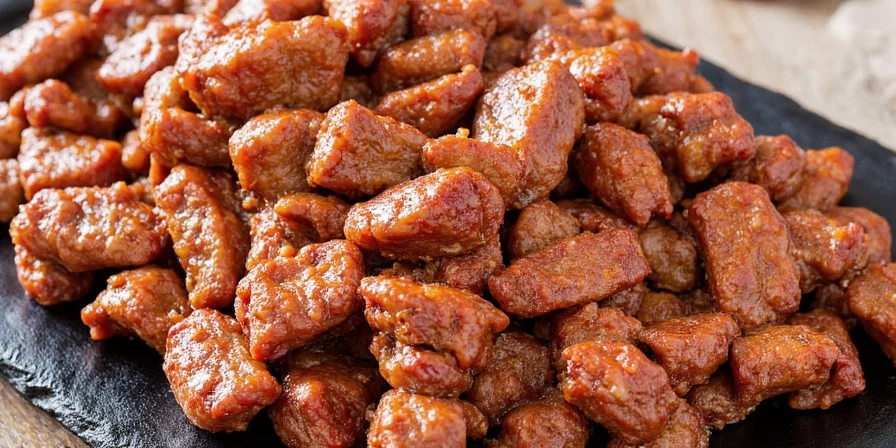
Proven Tips for Perfect Korean Beef
| Common Problem | Solution | Why It Works |
|---|---|---|
| Tough, chewy beef | Add grated pear/apple to marinade | Natural enzymes tenderize without mushiness |
| Bland flavor | Use 3:1 soy sauce to sugar ratio | Perfect sweet-savory balance for bulgogi |
| Dry meat after cooking | Add sesame oil AFTER marinating | Creates moisture barrier during cooking |
Why This Method Works (The Science Simplified)
You don't need to be a food scientist to make perfect Korean beef, but understanding why these steps work helps you adapt when needed:
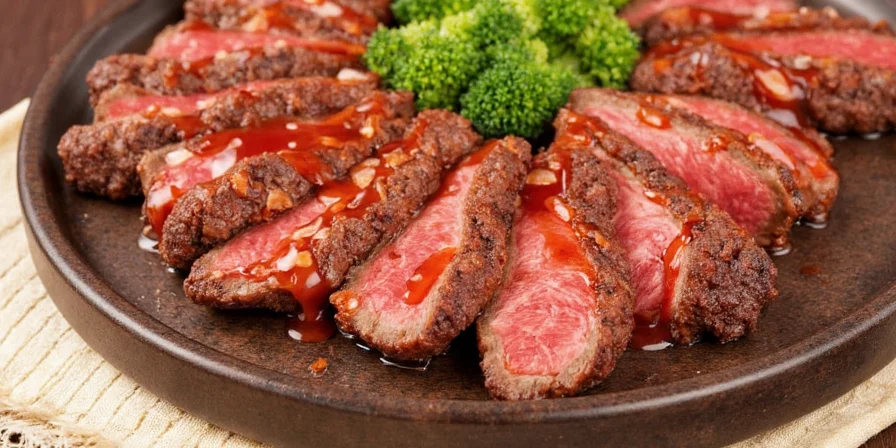
- Pear isn't just for sweetness: Contains natural enzymes that tenderize beef at room temperature (no need for long marinating)
- Soy sauce timing matters: Adding sesame oil after marinating prevents it from blocking flavor absorption
- High heat is crucial: Creates the signature caramelization without overcooking the thin slices
Marination Time Guide
| Time | Result | Best For |
|---|---|---|
| 30 minutes | Good flavor, slight tenderness | Last-minute meals |
| 2 hours | Ideal flavor and tenderness | Most home cooks |
| 4+ hours | Too soft texture | Avoid - ruins texture |
Easy Ingredient Substitutions
Can't find Korean ingredients? These swaps work:
- Gochujang substitute: Mix 1 tbsp ketchup + ½ tsp cayenne pepper
- Asian pear substitute: ¼ cup apple juice or 2 tbsp pineapple juice (don't over-marinate!)
- Sesame oil substitute: Toasted nut oil (like walnut) in pinch
- Rice wine substitute: 1 tbsp dry sherry or apple cider vinegar
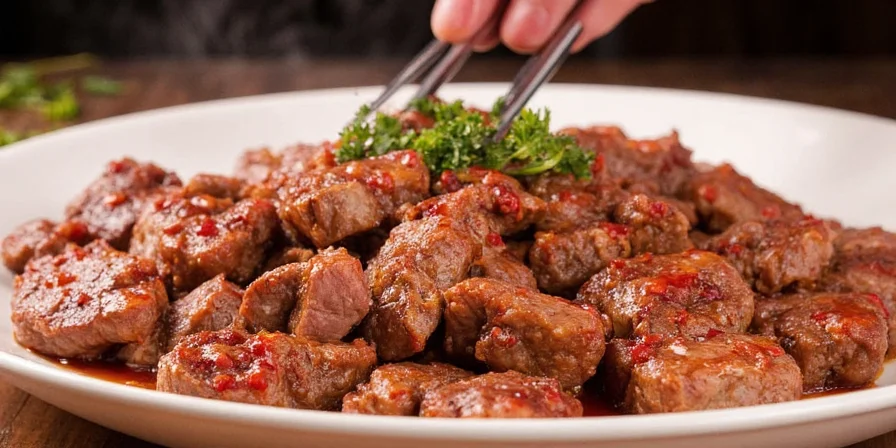
Common Mistakes to Avoid
- Using thick cuts: Slices must be thin (⅛-¼ inch) for quick cooking
- Over-marinating: More than 2 hours makes meat mushy
- Crowding the pan: Cook in batches for proper caramelization
- Using low heat: Needs high heat for authentic flavor development
Serving Suggestions
Korean beef (bulgogi) is traditionally served with:
- Steamed white rice (short grain preferred)
- Fresh kimchi (balances richness)
- Ssamjang dipping sauce (mix 2 tbsp gochujang + 1 tbsp doenjang)
- Letuce wraps for DIY Korean tacos
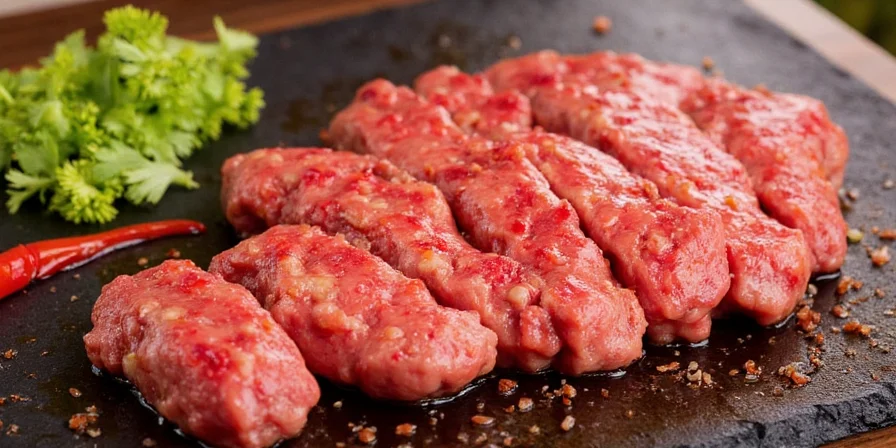
Frequently Asked Questions
Can I make this without Asian pear?
Yes! Use 2 tbsp fresh apple juice or 1 tbsp pineapple juice instead. Avoid canned pineapple as the enzymes are destroyed during processing. You'll still get tender results without the traditional ingredient.
How do I fix salty Korean beef?
Add 1 tsp honey or sugar and a splash of rice vinegar. The sweetness balances saltiness while the acid brightens flavors. For future batches, reduce soy sauce by 1 tbsp and add 1 tbsp water to maintain liquid balance.
What's the best cut of beef for Korean beef?
Flank steak is most authentic and affordable. Ribeye works for richer flavor but is more expensive. Avoid tough cuts like chuck - they won't tenderize properly with short marinating times. Always slice against the grain for maximum tenderness.
Can I use this marinade for chicken?
Yes, but reduce marinating time to 20 minutes max. Chicken needs less tenderizing than beef. For best results, use boneless chicken thighs and increase sugar by 1 tsp to compensate for chicken's milder flavor.
Time-Saving Variations
- 30-Minute Emergency Method: Use 2 tbsp pineapple juice in marinade for faster tenderizing (max 45 minutes marinating)
- Meal Prep Friendly: Double batch and store in fridge for 3 days (flavor improves!)
- Crockpot Option: Cook on high 2 hours with ½ cup water for shredded beef version
- Grill Method: Cook over medium-high heat 2-3 minutes per side for smoky flavor
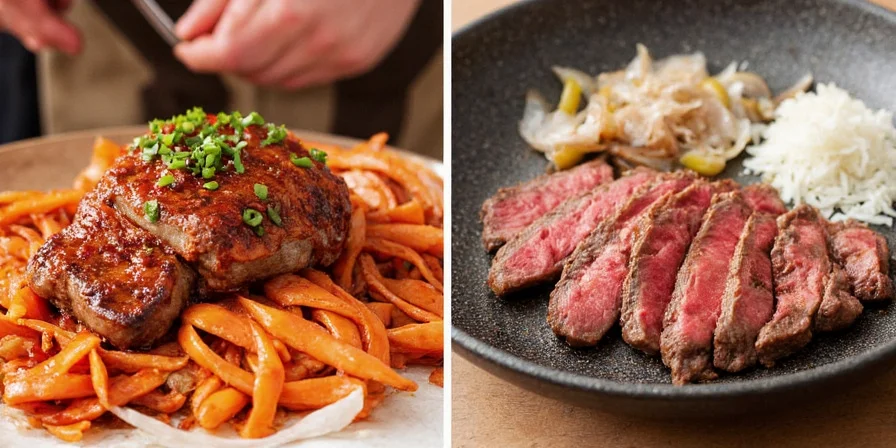
Final Thoughts
This Korean beef recipe delivers authentic flavor without complicated techniques. The key is proper slicing, balanced marinade, and high-heat cooking - not expensive ingredients or scientific precision. Follow these simple steps for tender, flavorful bulgogi that will impress even Korean food lovers.
For best results, focus on the practical tips rather than perfect measurements. Taste as you go, adjust spice to your preference, and don't overcomplicate the process. Korean beef should be enjoyable to make - not a chemistry experiment.

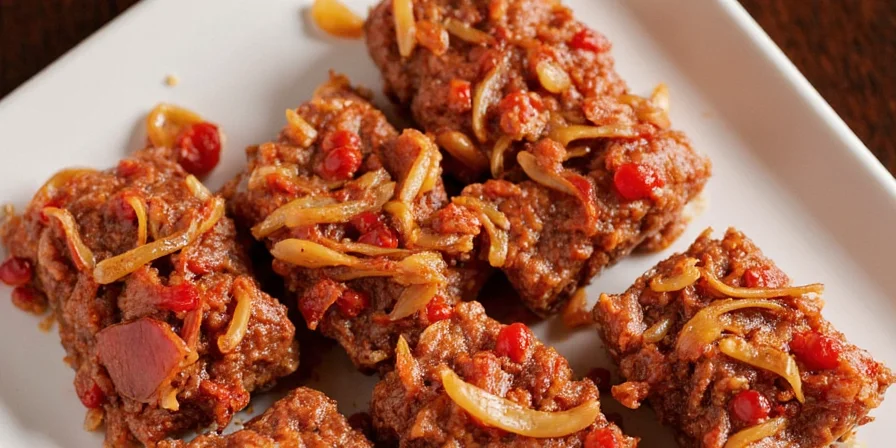









 浙公网安备
33010002000092号
浙公网安备
33010002000092号 浙B2-20120091-4
浙B2-20120091-4